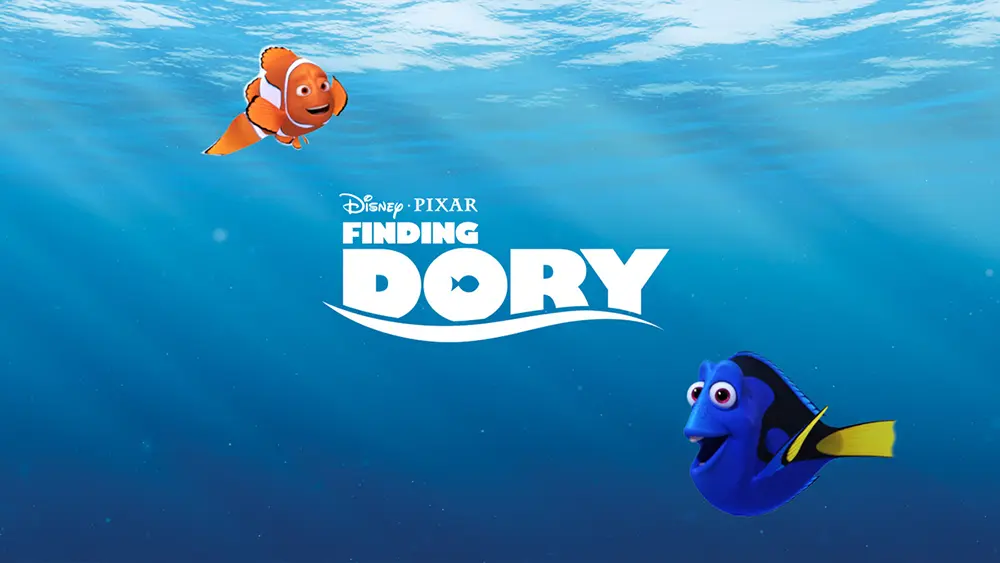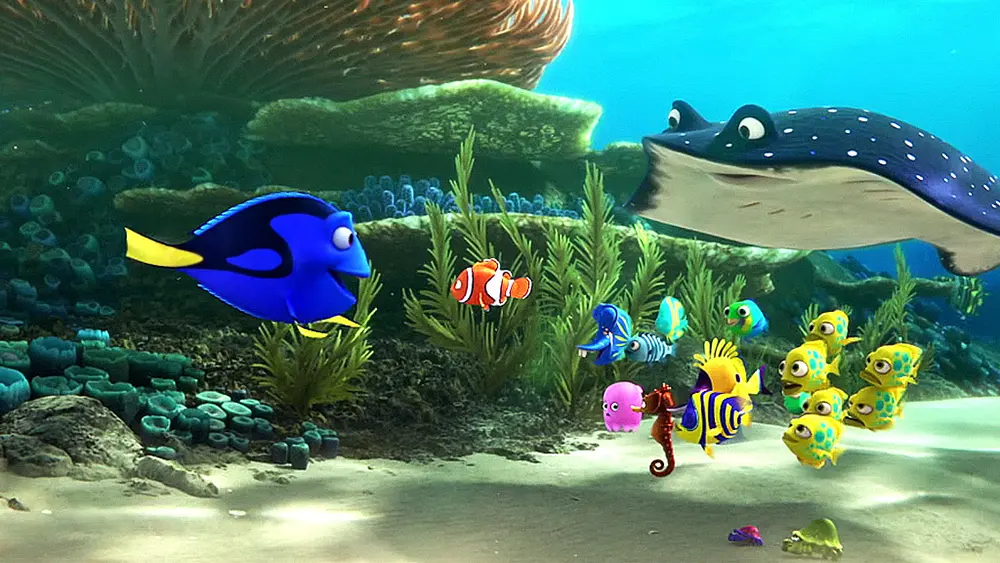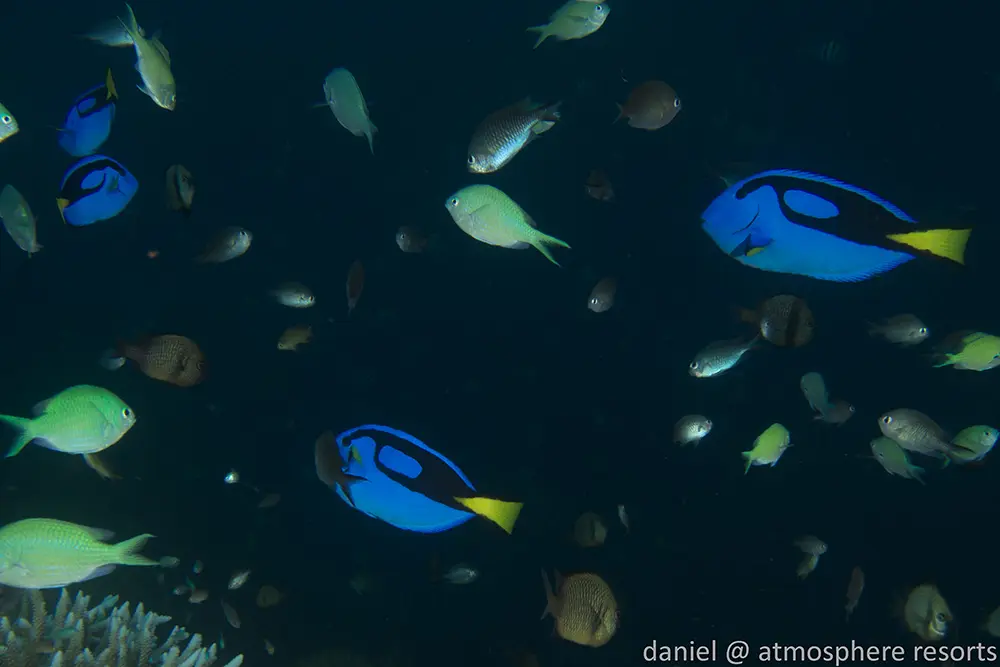I don’t know about all of you, but I was super excited when I found out that there was going to be a sequel to Finding Nemo. I was even more excited that it was going to be about Dory, everyone’s favorite amnesia-ridden blue tang. Although there were a few bits and pieces that didn’t mesh with some of the fish biology I learned about during my studies, overall it was a great film for kids and adults alike. Don’t worry, there won’t be any spoilers if you haven’t seen the movie yet, which begs the question: Why haven’t you?

Although many people refer to Dory as the blue tang, she has many other common names such as hippo tang, regal tang, palette surgeonfish, flagtail surgeonfish, and blue surgeonfish, just to name a few. Tangs are a type of surgeonfish, so all names are correct. Surgeonfish are named for their scalpel-like spines on the sides of their tails which are used as a defense mechanism. The spines are normally tucked into the body, but if necessary, they can protrude and inflict damage with a few tail swipes. These fish are found throughout the Indo-Pacific, but are not common in some places, such as Dauin or Dumaguete. Our friends at Liquid spotted Dory a month ago at one of our local dive sites, but I have never seen Dory in Dauin, although I did see a few on Atmosphere Resorts’ annual Siren trip which went to Raja Ampat this year. Although they don’t seem very big, they can actually reach a nice size of around 30 cm/12 in.

Blue tangs are normally found in pairs or in large groupings of around a dozen individuals. As juveniles, they mainly feed on plankton, grazing on it as it drifts by in the water column. Adults also eat plankton, but not exclusively – they eat algae too. This makes them important to reefs where they are found as they keep them clean from algae, ensuring a healthier reef. Normally they are dark blue or pale blue, but if faced with a threat, they can become semi-transparent to aid in their camouflage and/or escape.
Unfortunately, there is a negative side to making a character such as Dory so cute and loveable – everybody wants one! After Finding Nemo was released, there was a 40% increase in demand for clownfish for home aquariums. Although it is relatively easy to breed clownfish in captivity, there was still a big impact on wild populations of clownfish, especially in the Philippines.The alternative to captive breeding is to catch them in the wild, sometimes involving destructive methods such as cyanide poisoning, which can kill innocent corals and fish as well as the harm the blue tangs they are trying to catch.
Blue tangs, because of their large size and 20-30 year lifespan, are not a good fit for a home aquarium and usually only last a few years if you are lucky. Blue tangs, as of now, cannot be bred in captivity, so any bump in demand would involve a decrease in wild populations. There are many people and petitions, some with over 100,000 signatures, asking Pixar to advertise about not purchasing Dory for home aquariums. Disney is working in partnership with Petco and Petsmart, popular American pet retail stores, to educate customers on the differences between owning freshwater and saltwater fish. Disney is also partnering with AZA, the Association of Zoos and Aquariums, to further educate people.

If you haven’t seen Finding Dory, you need to. It’s an amazing film that ties right in with the original, Finding Nemo. If you want to know more about these fish, or other awesome reef fish in general, go to your local aquariums and check them out or go out diving and see them in their natural habitat. There are plenty of employees on hand to answer any and all of your questions. If you have friends who have saltwater aquariums, let them know that they shouldn’t buy a Dory and should look into buying captive-bred fish.
Daniel Geary – Your Marine Biologist







